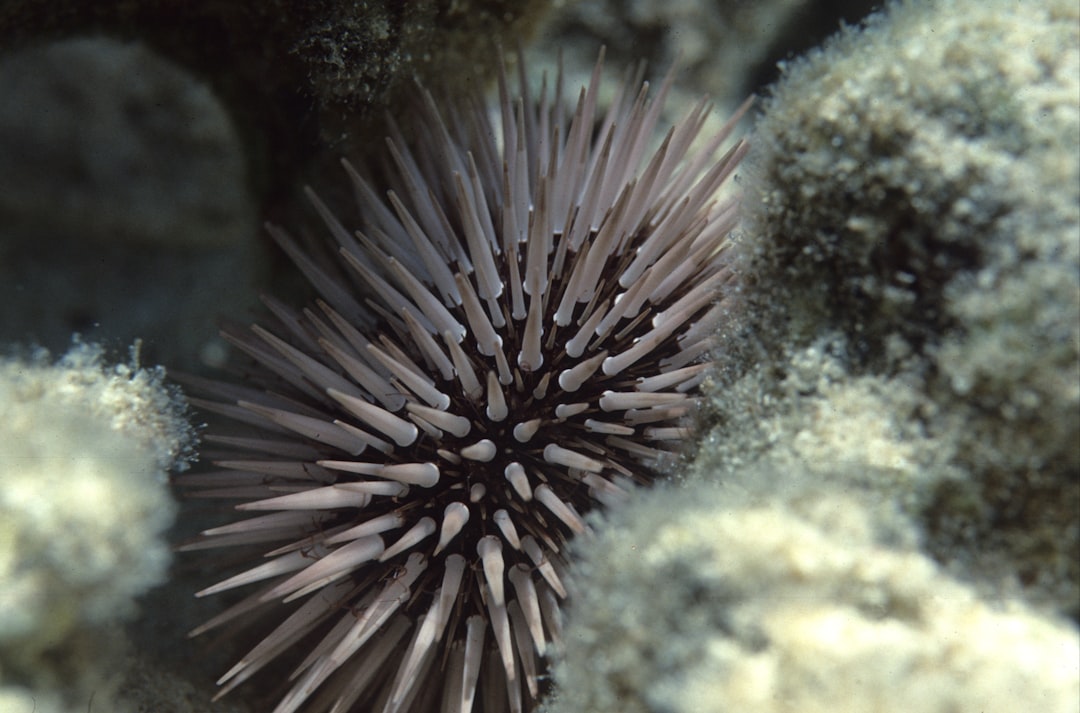What is it about?
Just as geneticists artificially introduce DNA from one species into another, some organisms are capable of incorporating foreign DNA. This natural process, known as horizontal transfer, has often been underestimated in higher eukaryotes, particularly plants. While close interactions between organisms, such as host-parasite relationships or symbiotic associations, favor horizontal transfers between species, the existence of other biological interactions likely to promote such an event between non-parasitic species remains obscure. In this study, we sequenced the whole genome of several non-parasitic wild plant species from a natural ecosystem, the Massane forest, to detect the presence of horizontal DNA transfers. To achieve this, we designed an innovative computer tool to detect genomic footprint of interspecies exchanges in sequencing data. This process revealed unexpected genetic exchanges by comparing billions of nucleotides, pinpointing similarities that could not be explained by traditional heredity. This exploration is comparable to a linguistic quest, looking for similarities between distant languages and distinguishing the ancient from the borrowed, the native from the introduced. Throughout this fascinating exploration, surprising cases of horizontal transfer have been discovered, notably between lianas such as ivy and black bryony, and trees such as beech and ash. Interestingly, these physical interactions were not previously recognized as vectors facilitating genetic transfers between species.
Featured Image

Photo by Wyxina Tresse on Unsplash
Why is it important?
This study challenges the idea that eukaryotic species arise solely from parental DNA. It also suggests that physical proximity, even in the absence of close cell-to-cell contact, as occurs in parasitism or symbiosis, can lead to DNA exchanges between different species in nature. Most intriguingly, these foreign DNA fragments were integrated into the genome of the recipient species, becoming part of their own genetic makeup. This shows that interactions within ecosystems lead to changes in organism's DNA. What might current species look like in the absence of such events, and how can we imagine the future of species evolution if ecosystems are destroyed?
Perspectives
The mechanisms enabling such events remain elusive and warrant further investigation. It’s also intriguing how this horizontally transferred DNA has persisted through evolution and whether it has contributed to species’ adaptation to environment. These burning questions are at the forefront of our current research efforts. We aim to delve deeper, exploring these phenomena across a wide array of plant species, hoping that future discoveries will unveil the mysteries of the interspecies genetic exchange, shedding light on the contributions of foreign DNA to plant species evolution and adaptation.
Moaine El Baidouri
Centre National de la Recherche Scientifique
Read the Original
This page is a summary of: Genome-wide analysis of horizontal transfer in non-model wild species from a natural ecosystem reveals new insights into genetic exchange in plants, PLoS Genetics, October 2023, PLOS,
DOI: 10.1371/journal.pgen.1010964.
You can read the full text:
Contributors
The following have contributed to this page










